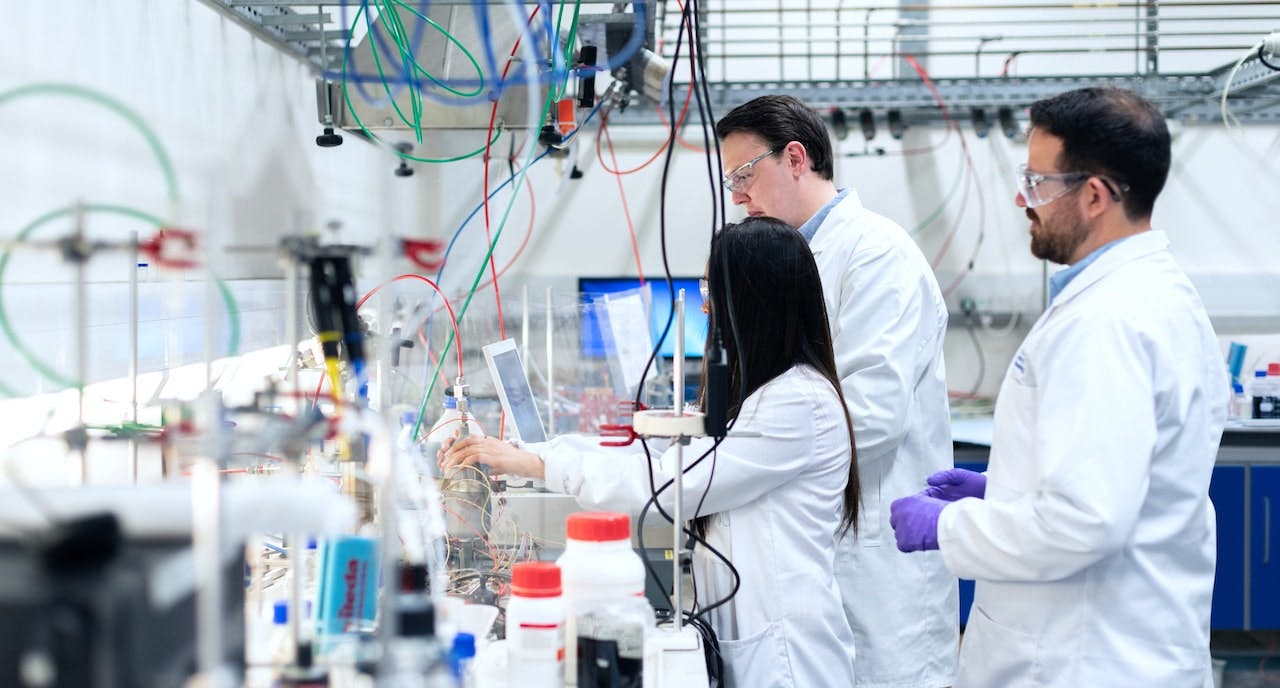The power of research is an incredible thing. It has the ability to cause small ripples of change, widespread movements, and everything in between. This change is magnified further when the researcher uses the community as a tool to build engagement with the project’s outcome.
When researchers rely on sources of quantitative data without incorporating the environment that surrounds the numbers, the results can be accurate but still not relevant to the target the scholar was trying to reach. Using community-based participation to help drive the experiment from start to finish empowers the researcher’s work to create a widespread impact.
The Power of Community-Based Participation
When researchers bring up the topic of community, they are discussing a specific definition that is as fluid as it is firm. A community is a group of people who reside in the same geographic location or share a societal identification that unites them into the same category. Because of the many different ways a community can be defined, it’s crucial that the researcher differentiates the multiple communities in their target demographic and defines exactly which shared characteristics they are using to determine their chosen participants.
Scientific studies and clinical trials have documented the significance of community engagement in research projects. When the local community is actively and directly involved in the project in question, the researcher is able to discern and work towards strategies and outcomes that would enhance the use of the research in real-world applications. This significant societal impact is the ultimate goal of most researchers.
No matter how much data and statistics the scholar collects, uncovers, and pulls from other relevant sources, the best way to truly understand the problem is to go directly to the frontline community involved in the midst of it.
For this to occur, the researcher must create a meaningful, purposeful method of involving the community members in their project. When this is done authentically and respectfully, allowing for natural involvement between the participants in the community and the research, a valid, truthful, and relevant outcome can be engaged.
Including Diversity in the Participation Pool
Once the method of engagement is decided, the next problem becomes ensuring the community-based participants reflect an accurate and fair demographic. Because of the human nature of the researcher, they must watch for their own biases and use a mix of different frameworks and techniques to create the requirements for their community-based participation pool.
The idea of community-based participatory research in building engagement is to focus on those who are predominantly affected by the issue being evaluated. To include others in the outcome is a decision that must be made by the researcher. Sometimes these outliers aid in providing a clearer picture of the obstacles in the way to a successful solution. Other times, looking into this data source is a waste of the researcher’s time and funds.
Through collaboration with people who have a valid role in the research being questioned, the scholar can work together with others to conduct the research and analyze the data with a purpose in mind: Creating or finding strategies to resolve the problem at hand and help the community they are partnering with.
To this end, the researcher must ensure equitable participation in one of these ways:
● Community members report information directly to the institution or government agency requesting the data and what is collected is then disseminated to the researcher for analysis
● Community members’ opinions are sought out for their thoughts on the information that is relevant to solving the issue and those considerations are used to drive data collection
● Observers’ information and methods of compiling statistics are used to drive data collection
● The researcher determines the information necessary and seeks out community-based participants to collect data from
All of these are valid methods of collecting data from a community, but they must be trustworthy. Because of this, the researcher should first start with building trust and relationships between themselves, their institution, and the community.
Make Your Outcomes Powerful with Impactio
When your work is closely integrated with a community of people you have built a relationship with over the length of your research project, you are excited and ready to get your findings out to the world. You can put together your research efforts quickly and easily by using Impactio.
With Impactio, everything you need is right there in an all-in-one platform that combines PDF document and web page creation seamlessly. Once you publish your work, follow its impact with Impactio’s tracking tools and connect with other experts in your field through Impactio’s networking community.
Everything you need to spread your work’s impact as far as it can reach is available when you use Impactio.
